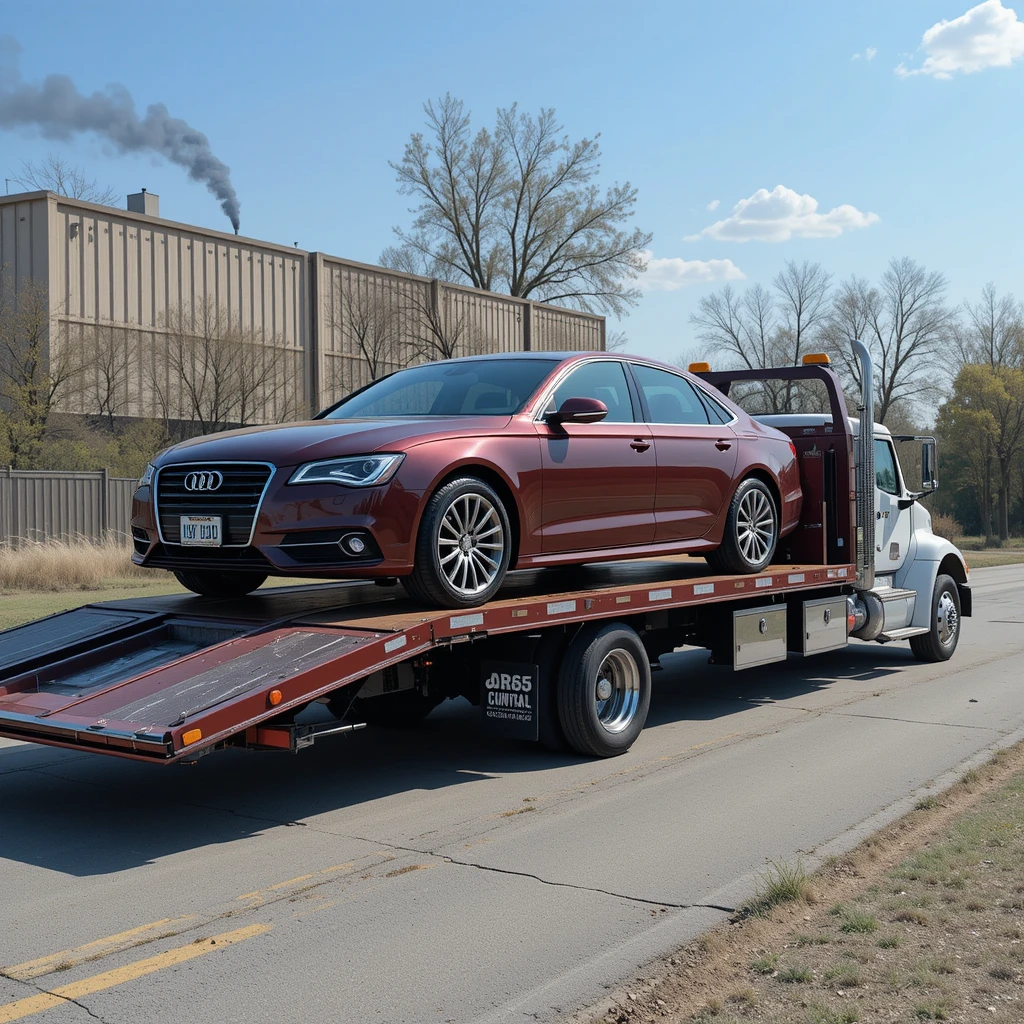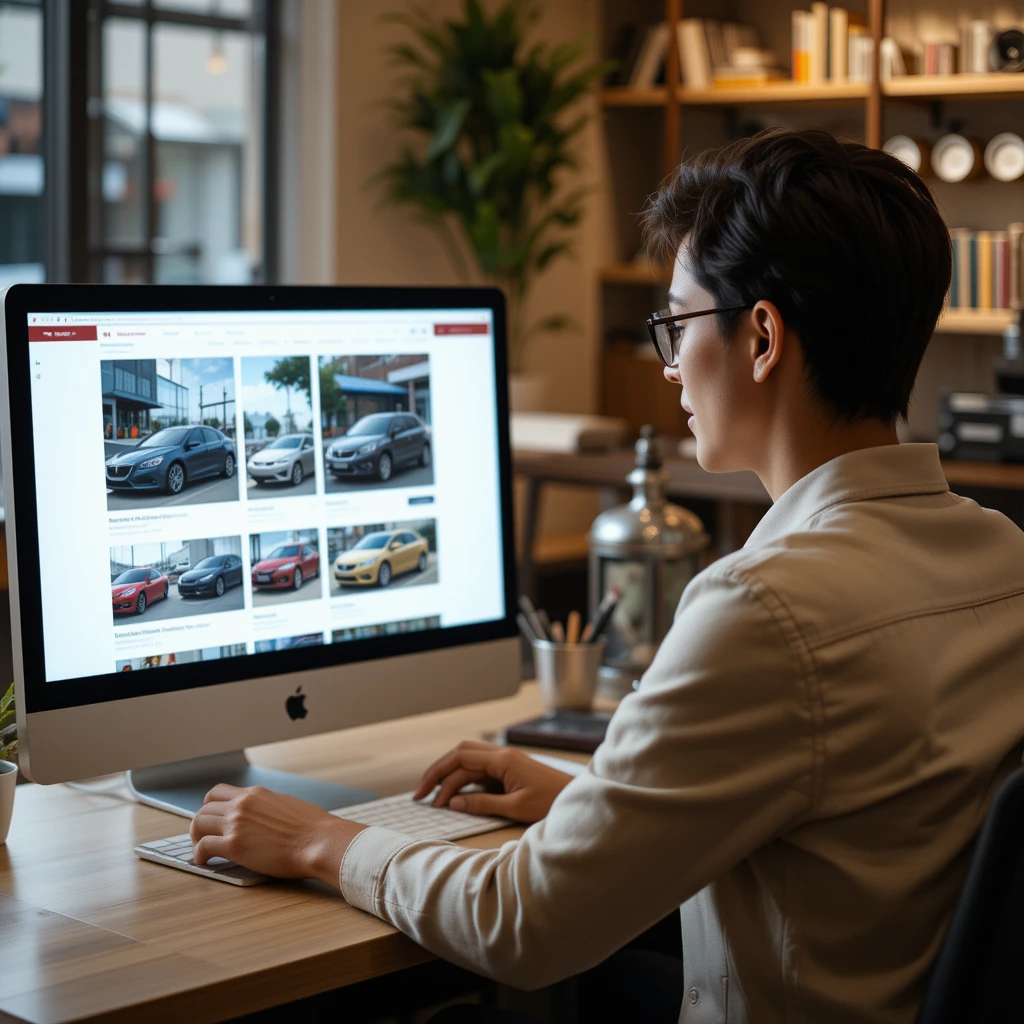Shipping a non-running vehicle requires special equipment and expertise to ensure a smooth and hassle-free transport. Whether you need to move a classic car, a salvage vehicle, or a car with mechanical issues, understanding the process is essential. In this guide, we’ll cover everything you need to know about transporting inoperable vehicles, including how it works, costs, and what to expect.
What is a Non-Running Vehicle?
A non-running vehicle (also called an inoperable or inoperable car) is any car that cannot start, move, or be driven onto a transport truck under its own power. This could be due to mechanical failure, accident damage, missing parts. Many non running vehicle come from auctions
How Are Non-Running Vehicles Transported?
Because non-running cars can’t be driven onto a trailer, special equipment like a winch or forklift is required to load and unload them. Here’s how it typically works:
- Winch Loading – Most transport carriers use a winch system to pull the car onto the trailer.
- Forklift or Crane – If the vehicle is severely damaged or missing wheels, a forklift or crane may be needed at pickup and delivery locations.
- Flatbed or Enclosed Trailer – Depending on the condition of the car, an enclosed trailer may be recommended for added protection.
Cost to Ship a Non-Running Vehicle
The cost of shipping an inoperable vehicle is typically higher than a standard car shipment. This is because:
- Specialized Equipment is needed for loading and unloading.
- Fewer Carriers are willing to transport non-running cars, limiting availability.
- Longer Loading/Unloading Time can result in additional labor charges.
On average, you can expect to pay $150-$300 more than standard auto transport rates.
How to Prepare a Non-Running Vehicle for Transport
To ensure a smooth shipping process, follow these steps:
- Inform the Transport Company – Be upfront about the car’s condition so they can send the right equipment.
- Check for Leaks – If the vehicle has fluid leaks, let the carrier know in advance.
- Remove Loose Parts – Secure or remove any loose parts that could come off during transit.
- Make Sure Wheels Roll – If possible, ensure the tires are inflated to make moving the car easier.
- Provide Access for Pickup – Make sure the location is accessible for a tow truck or forklift if needed.
Choosing the Right Auto Transport Company
Not all transport companies specialize in non-running vehicle shipping, so it’s important to choose one with experience. When selecting a transport provider, look for:
- Licensed and Insured Carriers for added protection.
- Experience with Inoperable Vehicles to avoid delays and complications.
- Transparent Pricing with no hidden fees.
Ship Your Non-Running Vehicle Hassle-Free!
At State 2 State Auto Transport, we specialize in shipping non-running and inoperable vehicles nationwide. Our team is experienced in handling all types of cars, from classics to salvage vehicles, ensuring safe and reliable transport.
Get a free quote today and let us take care of the rest!
🚗 Visit Our Website: www.state2stateautotransport.com
📞 Call Us Today! 866-881-0480




